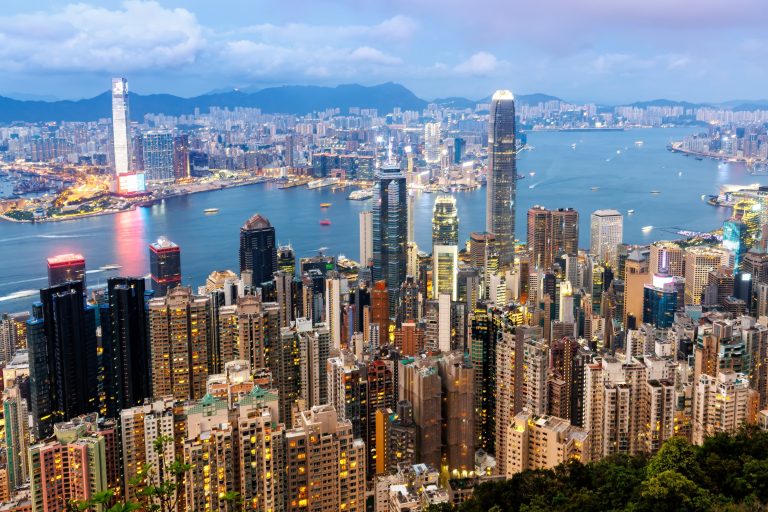China stands as one of the most captivating destinations in the world, offering a blend of ancient traditions and modern marvels that attract millions of travelers each year. The best cities to explore in China in 2025 present a rich variety of experiences, from the bustling metropolises to cultural hubs and natural wonders. Tourists searching for top travel destinations in Asia are often drawn to China because of its incredible history, world class cuisine, cutting edge architecture and scenic landscapes. Exploring cities like Beijing, Shanghai, Chengdu, Hangzhou and Xi’an allows visitors to immerse themselves in unique attractions such as the Great Wall of China, the Terracotta Warriors, iconic skyscrapers, historic temples and vibrant street markets.
With rising global interest in authentic travel, Chinese cities are becoming trending travel spots for cultural tourism, food tourism and adventure tourism. The 2025 travel trends highlight an increasing demand for eco friendly tourism and heritage exploration, both of which China offers in abundance. Whether it is cruising along the Huangpu River in Shanghai, walking through the Forbidden City in Beijing or enjoying the tea culture in Hangzhou, every city delivers a memorable experience.
This guide to the top ten best cities to explore in China 2025 is designed for travelers seeking the ultimate travel bucket list destinations. By combining popular tourist attractions with hidden gems, these cities showcase the future of tourism in China and ensure that visitors enjoy both tradition and modernity in one unforgettable journey.
Top Ten Best Cities To Explore In China (2025)
10. Harbin
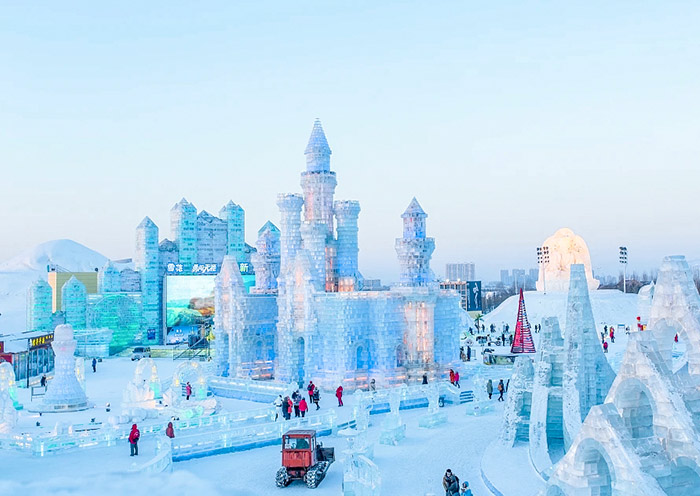
Harbin rewards visitors with a rare seasonal spectacle that turns entire streets and parks into luminous sculpture gardens. In winter the city becomes a canvas of carved ice towers, illuminated walkways and ornate snow art that stretch across vast festival grounds. Beyond the headline festival there is a living legacy of Russian influenced architecture in the central district where robust cathedrals and colonial era facades frame wide boulevards. Local food scenes offer warming specialities including wheat based dumplings and slow cooked meats that pair naturally with tea and hot soups.
For those who prefer green seasons the city unveils tree lined promenades, riverside parks and cultural performances that celebrate regional heritage. Practical travel tips include booking accommodation early for peak winter dates and layering clothing for bitter temperatures because day time sunshine does little to erase the cold. Transport connections make Harbin reachable by overnight train from other northeastern hubs and by regular flights from major Chinese cities. Photographers and culture seekers alike will find the contrast between frozen fantasy and everyday urban life compelling, and planners looking for an off beat winter destination will appreciate Harbin for the combination of spectacle and authentic regional character.
9. Zhangjiajie
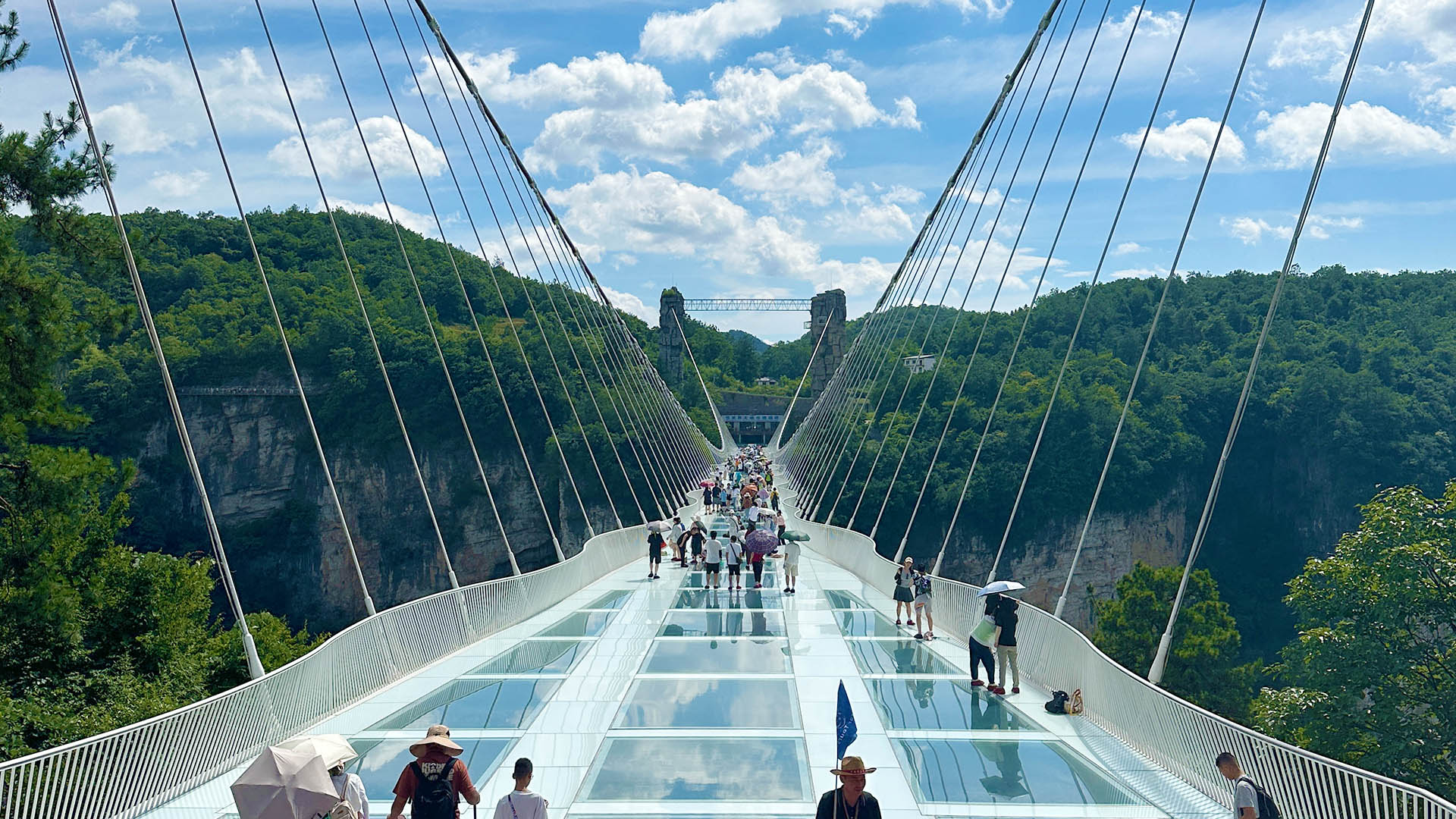
Zhangjiajie delivers a type of mountain scenery that seems to defy scale as towering stone pillars rise out of mist filled valleys. The scenic area around Wulingyuan is famous for forested quartzite columns, narrow walking paths and high vantage points that reveal endless layers of rock and cloud. Cableways and cliffside walkways let visitors move quickly between viewpoints while trails invite longer hikes through bamboo groves and cool ravines. A visit to Tianmen Mountain offers dramatic cliff roads, a sky facing cave and panoramic platforms that reward early morning visits with atmospheric light and fewer crowds.
Adventure seekers or landscape photographers should plan for variable weather because sudden fog can change visibility yet also add almost surreal atmosphere to the pinnacles. Nearby villages and tea farms provide cultural contrast to the raw geology and local cuisine sometimes features river fish and mountain vegetables prepared with simple aromatics. Zhangjiajie works well as a multi day stop that pairs naturally with southern itineraries, and for those chasing iconic natural settings it remains one of the most distinct landscapes on offer in China.
8. Guilin
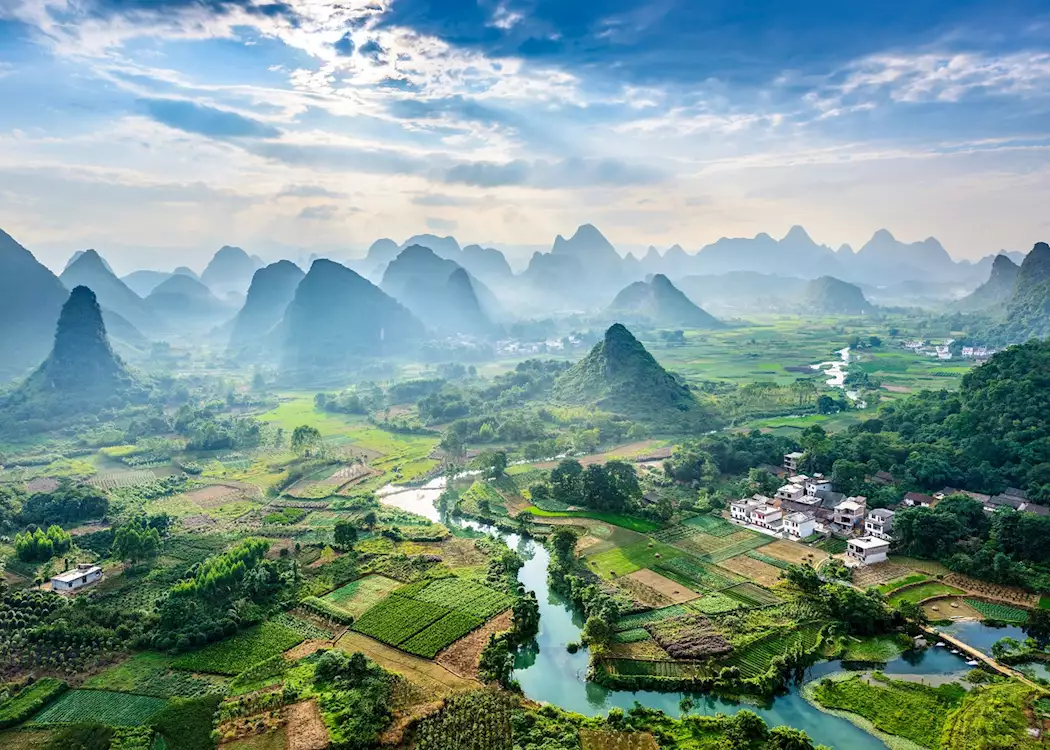
Guilin is synonymous with limestone karst scenery and slow waterway travel that appeals to those who want to trade city bustle for peaceful river vistas. The classic Li River cruise from Guilin to Yangshuo passes through ribbon shaped peaks, rice paddies and small villages where life follows seasonal rhythms. In town the scenic Reed Flute Cave offers dramatic stalactite formations while Elephant Trunk Hill provides a recognizable landmark where river and mountain meet. Yangshuo is a hub for low key adventure activities such as cycling along country lanes, bamboo rafting and short climbs that open to sweeping panoramas.
Accommodation ranges from intimate guesthouses to riverside boutique hotels that emphasize views and relaxation. The best window for clear river reflections is spring and autumn when fog lifts and preserves dramatic contrasts between green terraces and limestone towers. Food culture highlights freshwater produce and Cantonese influenced flavors that pair well with gentle evenings on a riverside terrace. For travellers who want immersive nature and photographic opportunity Guilin offers a rhythm of slow travel that remains deeply satisfying and consistently search friendly for travel planning.
7. Xi’an
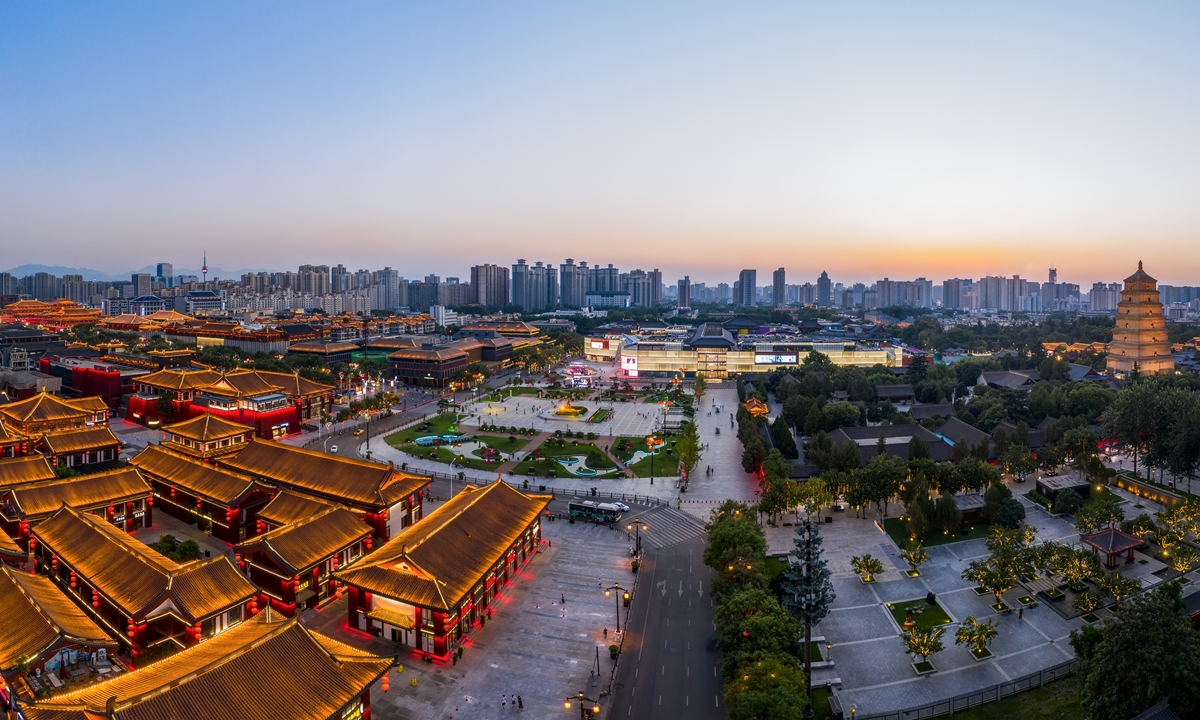
Xi’an invites exploration of Chinese history at a human scale where ancient walls, market streets and archaeological treasures sit close together. The Terracotta Army, discovered in nearby pits, remains a powerful draw and offers a tangible encounter with imperial era craftsmanship and funerary practice. Within the city the well preserved defensive wall provides a rare chance to walk or cycle above a long sweeping circuit and to read layers of urban growth from medieval gates to modern neighborhoods. The Muslim Quarter sits at the heart of a lively street food culture that serves skewered meats, hand pulled noodles and sesame breads in a maze of narrow lanes.
Museums and temples provide context for dynastic histories while modern cultural quarters host galleries, live music and artisanal craft shops. Seasonal festivals bring additional energy to public squares and temples, and practical visiting advice includes arriving early at major sites or reserving timed tickets when possible. Xi’an blends deep antiquity with approachable public spaces and for many visitors the city becomes the moment when China’s past feels immediate and alive.
6. Hangzhou
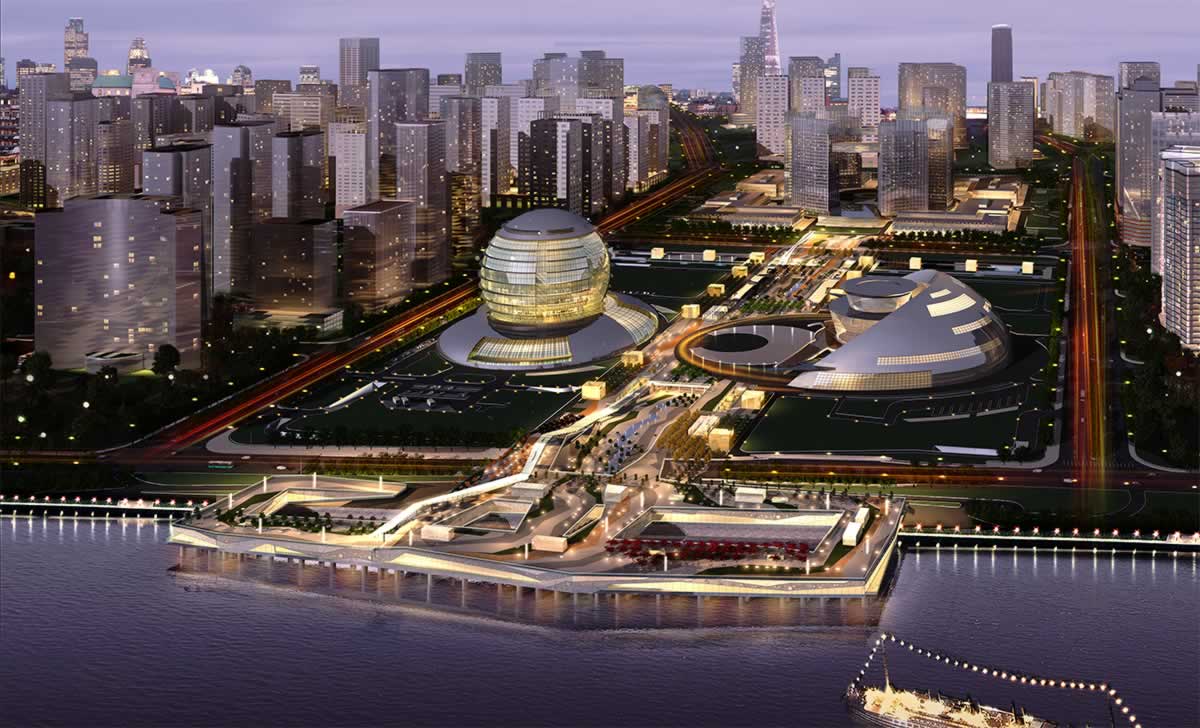
Hangzhou is prized for its classic lake side charm that has been celebrated in poetry for centuries and now pairs historical sites with comfortable tourism infrastructure. West Lake remains the citys emblem and offers willow fringed promenades, quiet pavilions and boat rides that change in mood from sunrise mist to golden evening light. Cultural stops around the lake include pagodas, temples and museums that frame the landscape with stories from imperial times. A short journey out of the city leads to Longjing tea terraces where visitors can learn about leaves, processing and tea tasting in a setting of sloping green fields.
The city also hosts seasonal flower displays, food markets that showcase regional Zhejiang cuisine and upscale hotels that emphasize local design. Walk able neighborhoods such as former canal quarters invite slow wandering and café culture balances the more formal heritage attractions. Spring and autumn are especially rewarding for clear skies and comfortable walking weather. Hangzhou works well for travelers who want scenic calm, refined food and a gentle cultural immersion that feels curated yet approachable.
5. Chongqing

Chongqing sits where two great rivers meet and the citys steep topography creates layered neighborhoods, dramatic viewpoints and a distinct urban rhythm. Known widely for its bold spicy cuisine the city offers an exuberant night time food scene in markets, on riverfront alleys and in communal dining halls where hot pot rules the table. The riverside district presents a neon soaked face after dark with terraces and bridges emphasizing the verticality of streets carved into hillsides.
Cable cars and stair like streets reward visitors with sudden vistas and photo worthy corners while nearby gorges and mountain parks offer natural respite from the city intensity. In recent years improved rail links and upgraded airports have made Chongqing easier to reach from major hubs and a growing hotel scene caters to both budget and premium travelers. For those keen on food focused travel, urban photography and an energy that contrasts with more sedate cultural centers Chongqing delivers an immersive city experience anchored by flavor and dramatic form.
4. Shanghai
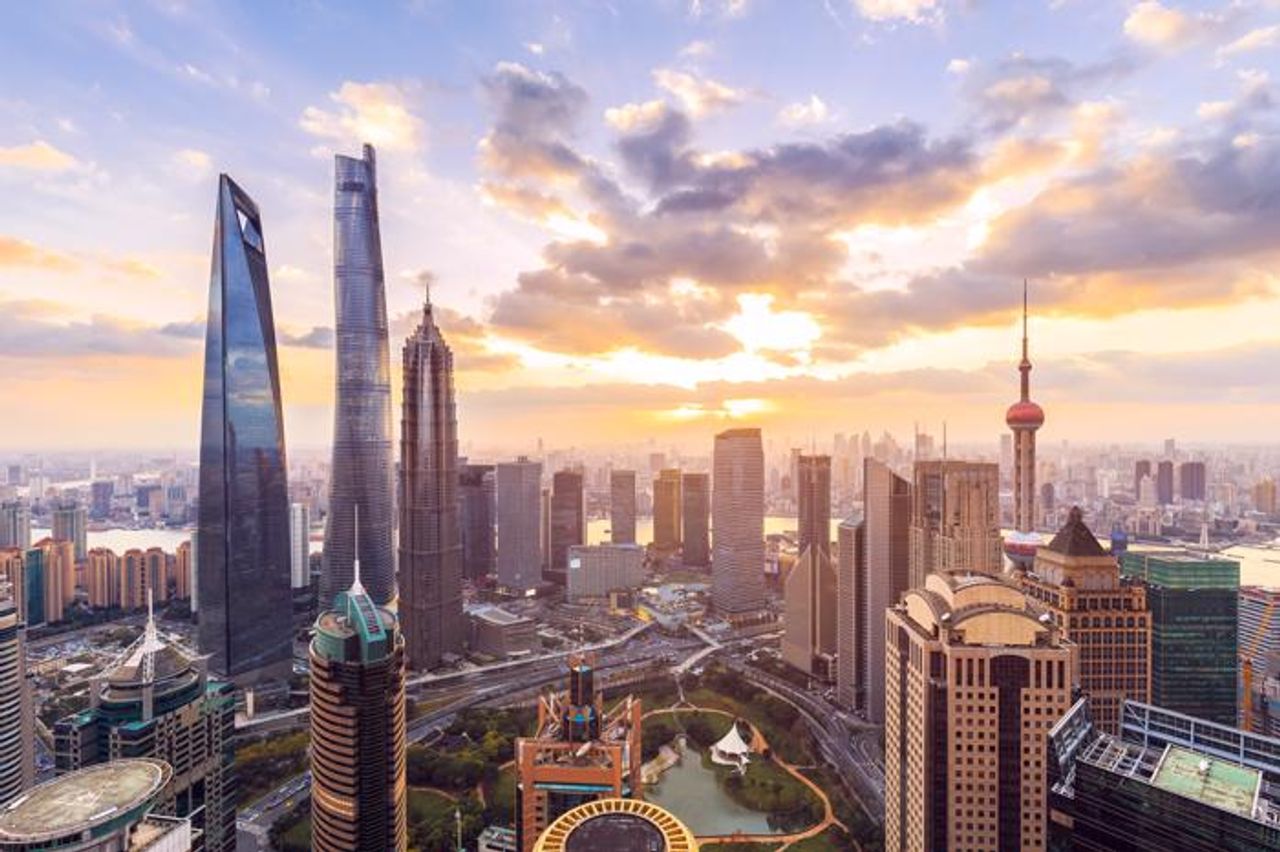
Shanghai remains a global scale city where colonial era riverfront architecture sits across from glass and steel towers that define the river skyline. Strolling the Bund reveals layered city history while nearby lanes in the French Concession offer tree lined cafés, boutique shopping and a quieter pace. The Pudong district showcases contemporary architecture with observation decks and museum spaces that invite wide views over the Huangpu River.
Art districts and contemporary museums host rotating exhibitions and independent galleries while night life spans rooftop lounges, river cruises and late night food markets. Shanghai is highly walkable in many central districts, and a dense metro network connects cultural hubs with parks and markets. Seasonal festivals, fashion events and culinary pop ups keep the city calendar lively, yet visitors seeking calm can find it in classical gardens and museum courtyards. For first time visitors Shanghai works as a window into modern China with easy transport links, international hospitality options and a compact set of neighborhoods that reward exploration.
3. Chengdu

Chengdu offers a temperament that many travelers find restorative with leafy teahouses, slow paced squares and a famously hospitable food culture centered on Sichuan flavors. The city is also a global focal point for giant panda conservation where carefully managed reserves give visitors views of these animals and insights into breeding programs and habitat protection. Beyond wildlife the citys historic lanes host traditional crafts and markets while modern cultural districts showcase contemporary art and live music.
Food tours that focus on street snacks, market ingredients and communal hot pot meals are a natural way to experience local life. Day trips to nearby mountains, temples and rural tea villages provide green escapes and often reveal layers of regional folklore and agricultural practice. For practical planning reserve panda base tickets early in popular seasons and aim for morning visit slots when animals are most active. Chengdu balances relaxed urban living, significant wildlife conservation work and a world class culinary identity that together make it a richly textured place to explore.
2. Beijing

Beijing concentrates imperial scale history and modern civic life within a city that is best approached with both a plan and time to wander. Major monuments such as the Forbidden City, the Temple of Heaven and the Summer Palace present layers of architecture and ritual while the Great Wall remains an accessible excursion from multiple nearby sections offering varied walking conditions and views. Museums across the city provide context and rotating exhibitions that trace art and history from antiquity to the present day.
Hutong neighborhoods invite a different pace with courtyard homes, local markets and cafes where daily life continues much as it has for generations. The city also hosts a wide range of restaurants representing regional cuisines and contemporary culinary innovation. For visitors avoid peak heat of mid summer and the coldest weeks of winter, and where possible book main site tickets in advance to reduce queue time. Beijing rewards time invested with an immersive sense of place that bridges dynastic stories and 21st century city life.
1. Hong Kong
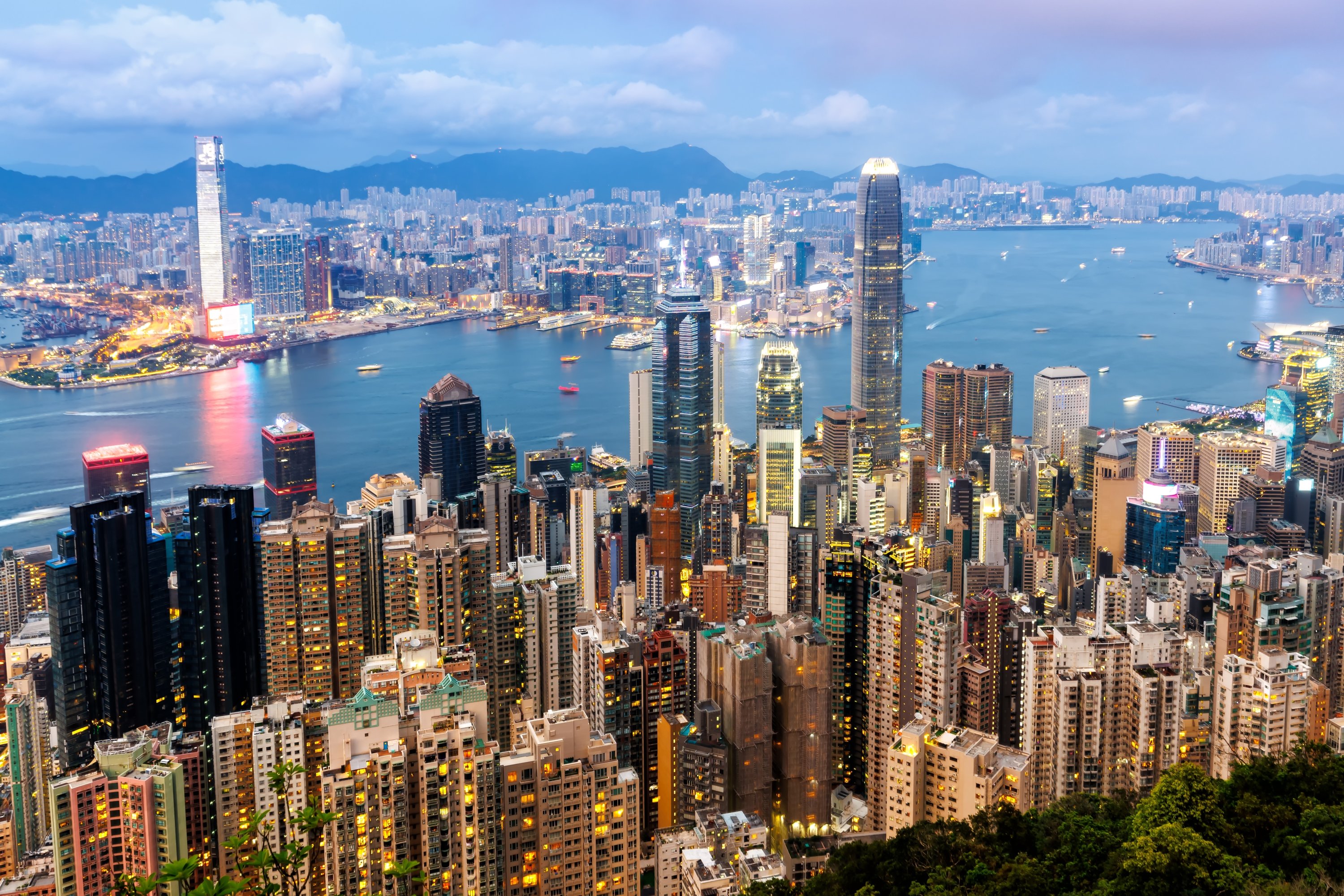
Hong Kong offers a compact combination of high energy city life, striking harbor views and accessible escapes into green country parks. Victoria Peak gives sweeping panoramas over a skyline framed by water and island ridges while bustling markets and lane ways offer layered food culture from street snacks to Michelin recognized dining. Ferries and light rail make short island hops easy so day trips to outlying beaches, fishing villages and hiking paths are a natural complement to city itineraries.
The territory is known for efficient transport, a wide range of accommodation and a calendar that includes festivals, cultural events and exhibitions throughout the year. Visitors who want a dense urban experience that still opens readily into natural landscapes will find Hong Kong uniquely balanced for varied travel interests. Recent economic and cultural developments continue to shape the citys offer while daily life on market streets and waterfront promenades preserves much of the energy that draws visitors.

